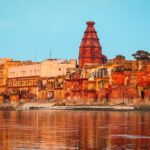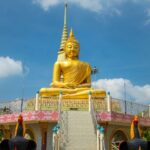Stay safe, stay informed! Discover the most treacherous fort treks to avoid during monsoons in India. Learn about the risks and challenges associated with these treks and plan your adventures wisely to ensure a safe and enjoyable experience.
Although the monsoon brings drops in rainfall, it is observed that these very rains reticulate the landscape, dragging it back into a hollow nature. The Indian landscape is serene with verdant vegetation punctuated by black clouds, but these clouds ruthlessly pour down, cutting off visibility and creating frantic and panic-stricken chaos, catered only for individuals huddled in the comforts of a sheltered cavern. It is best to hibernate and not say “I can do this”. These are, however, commonplace sentiments during the monsoons among trekkers, and for good reason. The monsoons, however, come with treks of many forts. Exploring magnificent monuments submerged in natural beauty is certainly one of the greatest pleasures, and the monsoon is the season many would choose to visit during; however, this wet season creates too many hindrances, making some treks even deadly, some of which are outlined here.
1. Rajgad Fort, Maharashtra
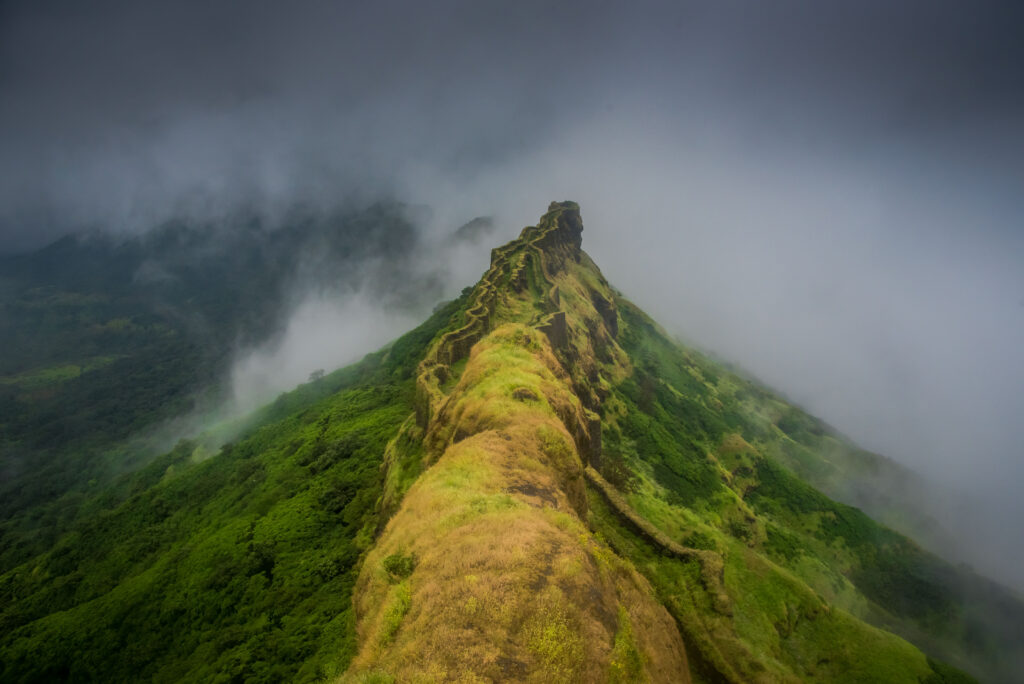
They struggled to reach this point as it was still a raw escorted place with a poor tormented path made up of boulders and steep ascents, which was their only means of transportation. Considering the monsoon weather, it is quite reasonable given it is mid-August; there are puddles of water everywhere, literally. A bountiful horizontal sheet of water is pervasive, striking scents of damp earth, auguring a thunderous storm about to roll in. It was horrible; everything was horrible. I would never do a trek in India again. As anticipated and sighted, many expeditions crisscrossed and mingled, thus instructing them to avoid getting themselves lost in the shambles of tipping over gas straws.
2. Lohagad Fort, Maharashtra
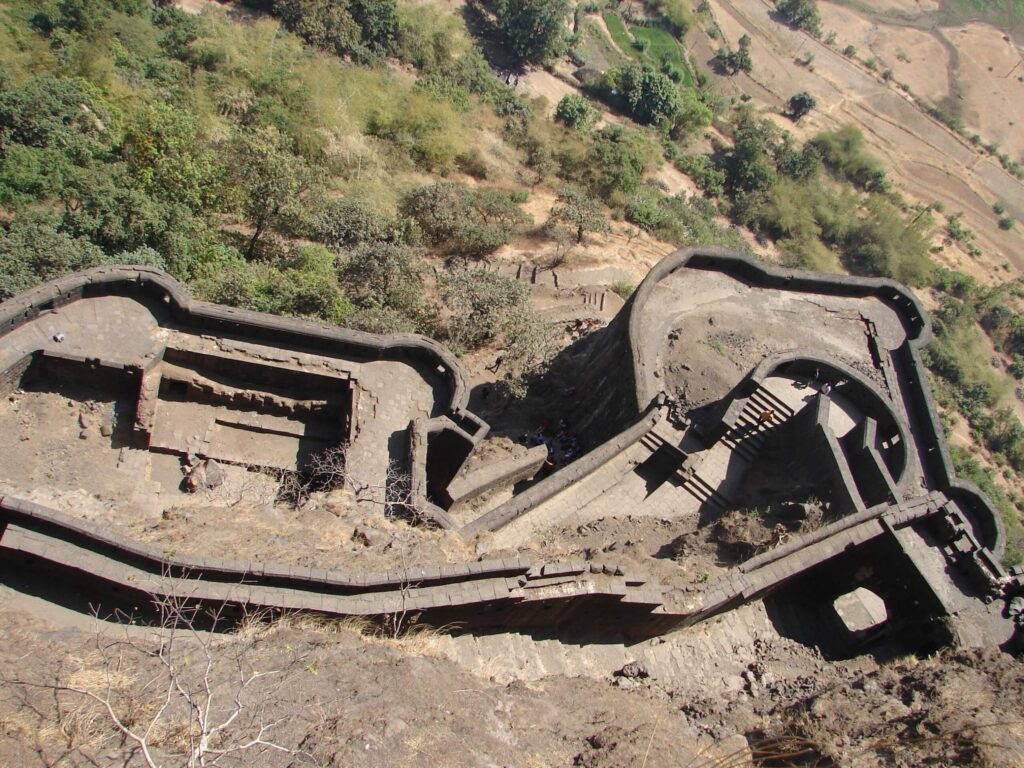
Lohagad Fort is a delightful trek about 12 kilometres from Lonavala. The misty view and the scenic places are breathtaking, as is the view from the top. However, one should remain cautious as the last stretch to the summit involves climbing steep and wet stone steps. During the monsoons, the trek involves winding paths and undulating hills which are prone to rain-induced slippages. And lurking above is the mist—great for providing moisture but not so great for sight.
3. Chittorgarh Fort, Rajasthan
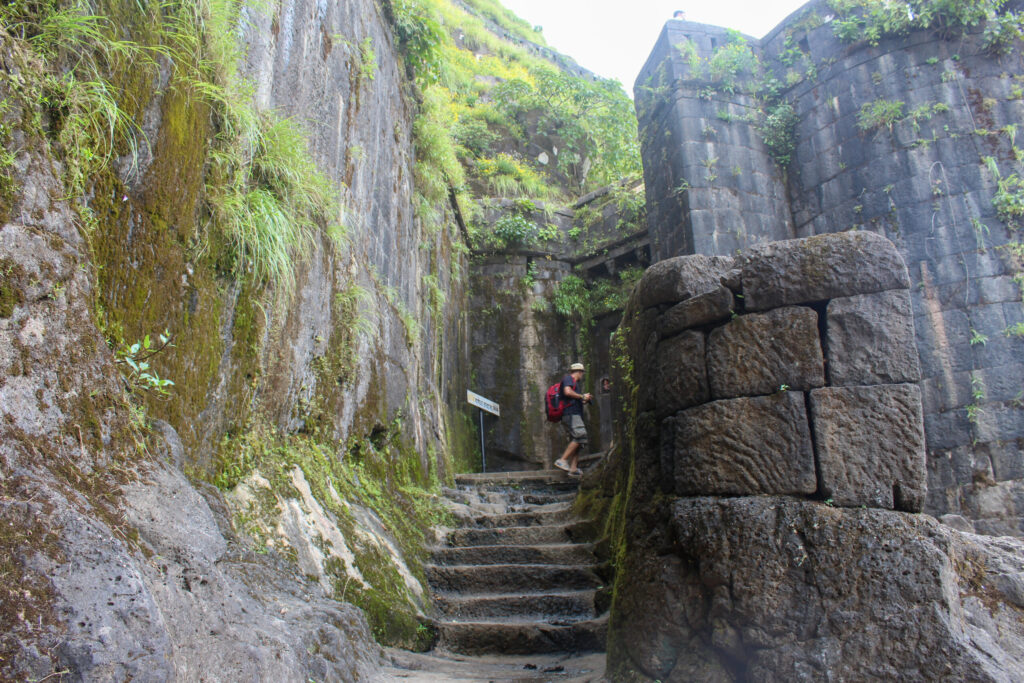
Even in its destroyed state, it tells a tale of artistic genius. An environment without art is incomplete; this art Garjin has died, yet a massive structure remains—flagstone, temples, towers, and palaces. The pathway leads to the hilltop dominating the view of Chittaur city. With peaks, a wavy sky, and the raining season, it is obvious for it to be slippery. Speeds, ropes, and asphyxiation in fog or hot waters adorn the amazing views on the hilltop while going to the main fort.
4. Raigad Fort, Maharashtra
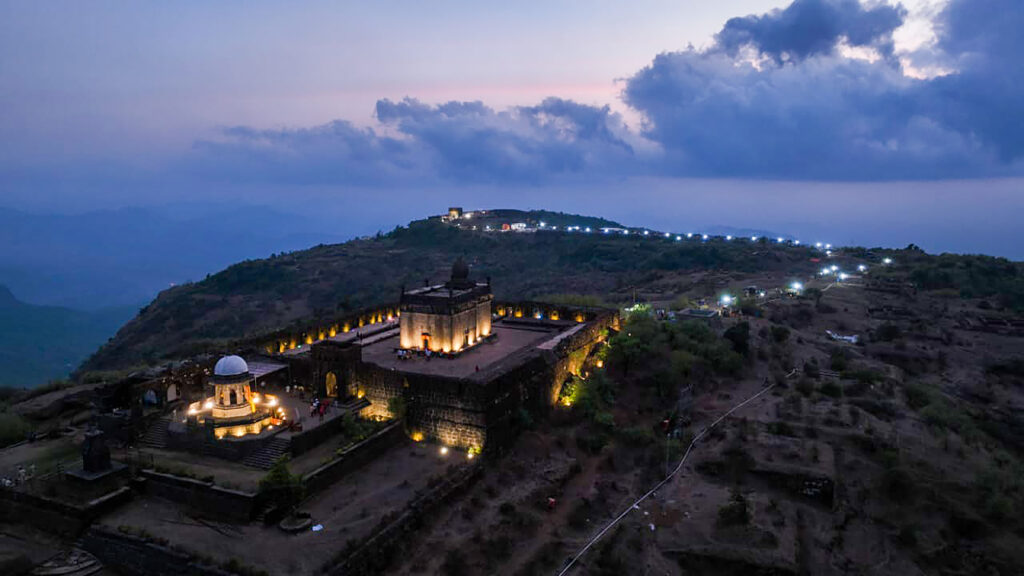
In Shivaji Maharaj’s era, Raigad Fort was the capital fort of the Maratha Empire. The fort becomes crucial in the trek between August and the later months of the year since rain falls heavily. Climbing over the trail becomes necessarily steep because of the stones that scatter during the ascent and the persistent rainfall. Throughout, people should keep a watch on the weather. To ascend steep foothills, flash floods and waterlogging are integral. These phenomena are relatively common during the monsoon season, therefore increasing the risk factor.
5. Sinhagad Fort, Maharashtra
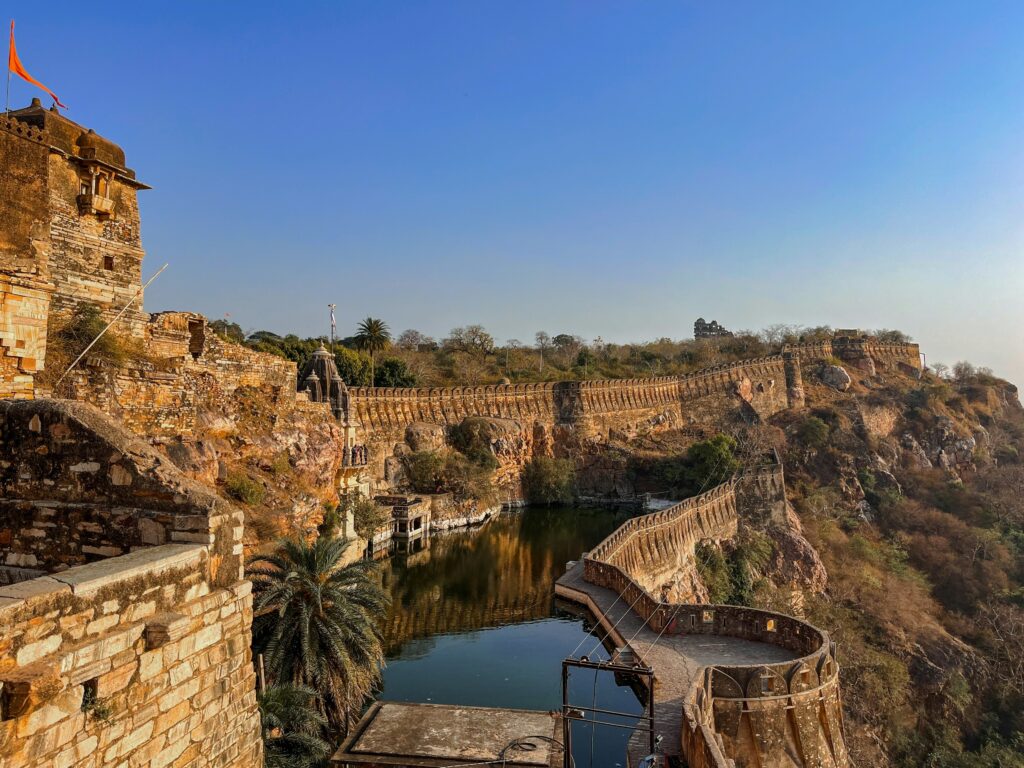
Fort Sinhgad is an ideal option for trekking enthusiasts, and most of them prefer it from August through September due to its climate. The fortocks and other surfaces would drift hard with steady rain flow all day, making it quite challenging for trekkers and climbers. Climbing further would be dangerous as large rocks are scattered all around the path and intense rainfall is heavy, making it utterly chaotic and dangerous. Ancient gates and battlements hold some historical value; however, they pose a challenge in steep nature when everything is wet.
6. Kumbhalgarh Fort, Rajasthan
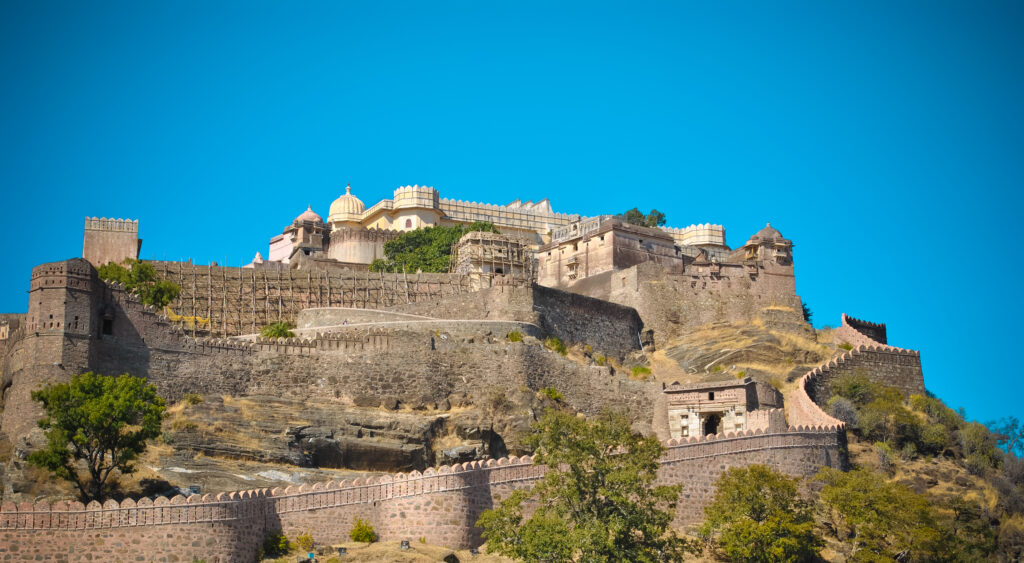
Kumbhalgarh, proud of its scenic walls, has a rich history woven into its fabric, except when it rains as they are often traversed by a rocky trail. Gaining access to the ramparts of the fort involves steep staircases and high rocks, which do become quite difficult to climb if it rains. The fort lies in the Aravalli hills and is surrounded by many thick woods, hence, trekkers should exercise additional caution to avoid slipping and falling as the rains would definitely increase the likelihood of slips and falls.
Conclusion
It can be said that the monsoon can be very pleasant for treks to the forts of India, though not without a number of dangers that should be taken seriously. The beauty of these forts during the rainy season is unmatched, but the conditions of wet slippery paths, steep ascents, and sudden weather changes are great hazards to the trekkers. If you do decide to book a monsoon trek, make sure that you are dressed appropriately, along with the proper equipment, and are aware of the dangers involved. It is wise to be informed about the weather conditions and seek advice from experts before embarking on these strenuous expeditions.
